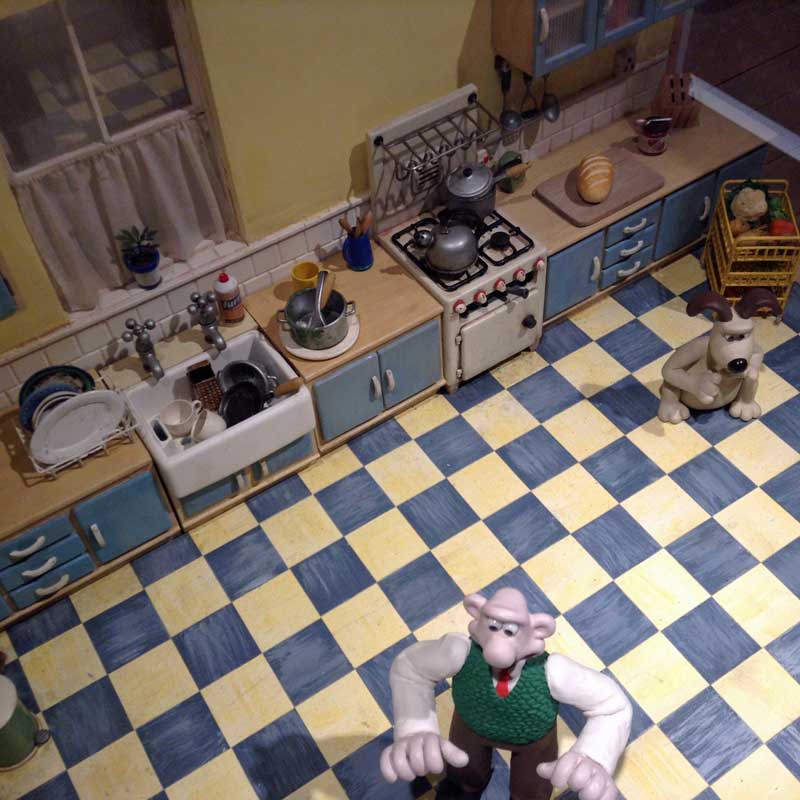Making the best use of your paint
When I paint in oil, I put all the colours on my palette before I start painting, because I don’t want to have to stop and break the rhythm when I am in the flow. I pour a blob of each colour (experience will tell you how much you need for a certain canvas size) and two or three times the amount of the colour paint for Titanium White.
Even if I am careful, I always end-up with some paint left on the palette. For example, my painting Coate Water Lake turned more on the cooler side of the palette. I used most of the blue colours, but was left with some of the following:
- Cadmium Lemon
- Cadmium Yellow Deep
- Cadmium Red
- Alizarin Crimson
Certain colours in oil paint are pricey and you would be
surprised how much money you would waste by just wiping off the paint. There is
so much you could do with the left-over paint.
A few things you can do to make the most of the paint left.
- The first option is obvious. If you plan to carry on working on the painting the next day, the paint should still be good. Traditional oil paint takes a few days to harden. Same thing if you plan to start another painting the next day. In both cases, selectively clean your palette to wipe out thin layers of paint that would dry more quickly and areas where you mixed the colours.
- Outlining your next painting and putting on some undertones. I did just that in the painting below. Warm tones (orange and red) work well as undertone for grass and foliage because they are complimentary colours to blue and green colours. Don’t be afraid to be bold.
- Priming a white canvas with colours. There are two schools for coloured grounds: the first one is to apply a neutral mid-tone (See my articles Using toned canvasses for oil painting and 2 more advantages of toned canvasses). The second school is to apply bright tones, as I did for the canvas below.
Re-using oil thinner
The first way to save thinner is to pour only what you need.
I am using a small metal dipper that I clip on the side of the palette. The lid
allows me to close the dipper and bring the full dipper back home without any
mess. Some models have two containers.
When coming back from an outdoor session, I would start
cleaning the brushes by dipping them first in the used thinner and pressing
them on a rag (for a step-by-step description of the cleaning process, see Cleaning your brushes for oil painting).
I then use the same thinner to clean (or partially clean) my
palette. I just pour the thinner on the palette and wipe the paint with a rag
or some tissue paper.
Related resources and
articles
- Oil underpainting, why should I care?
- Making MDF Canvas Panels contains an explanation of how to apply a mid-tone ground to canvasses.
- The art of recycling – Recycling for art





















































